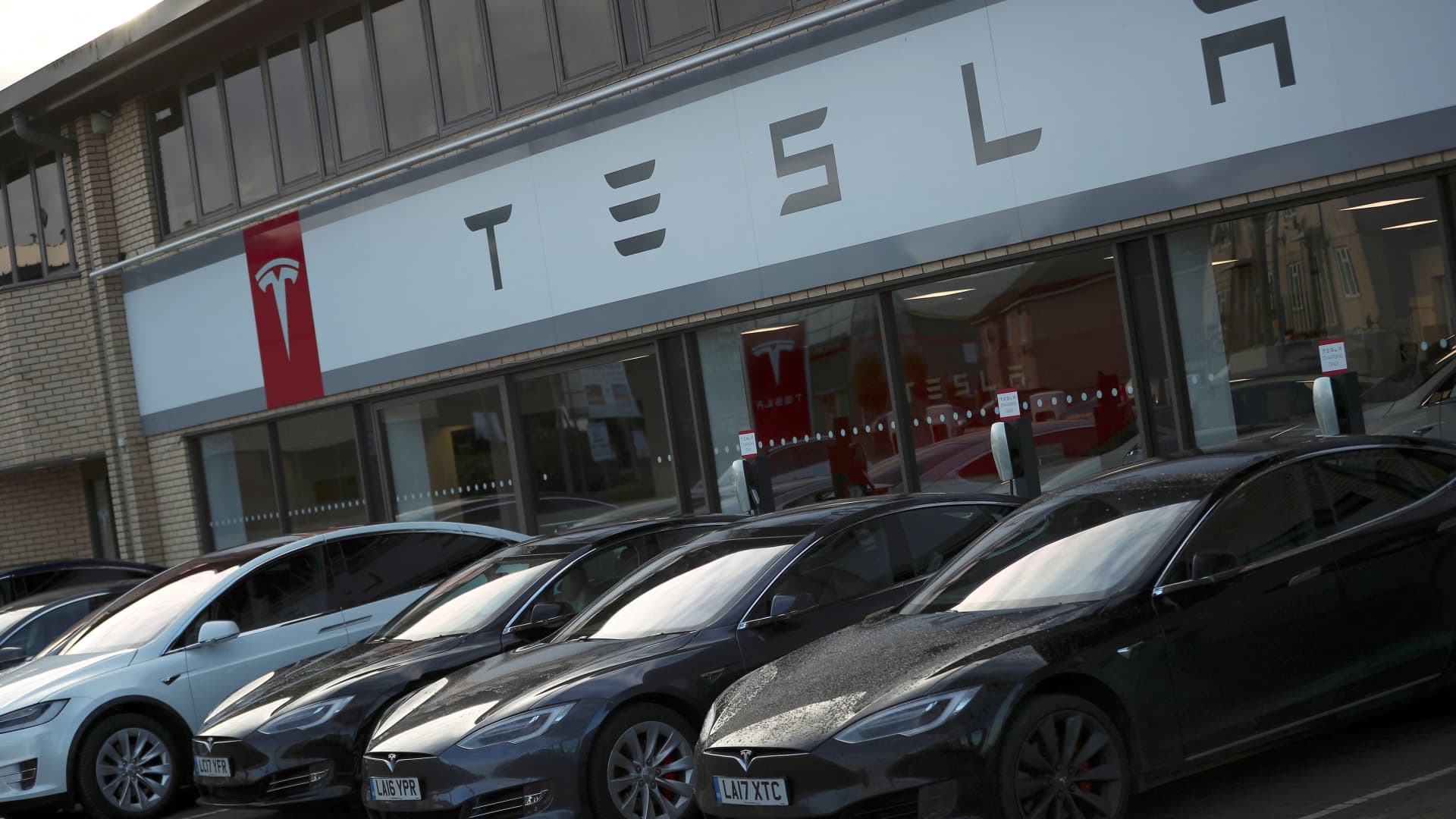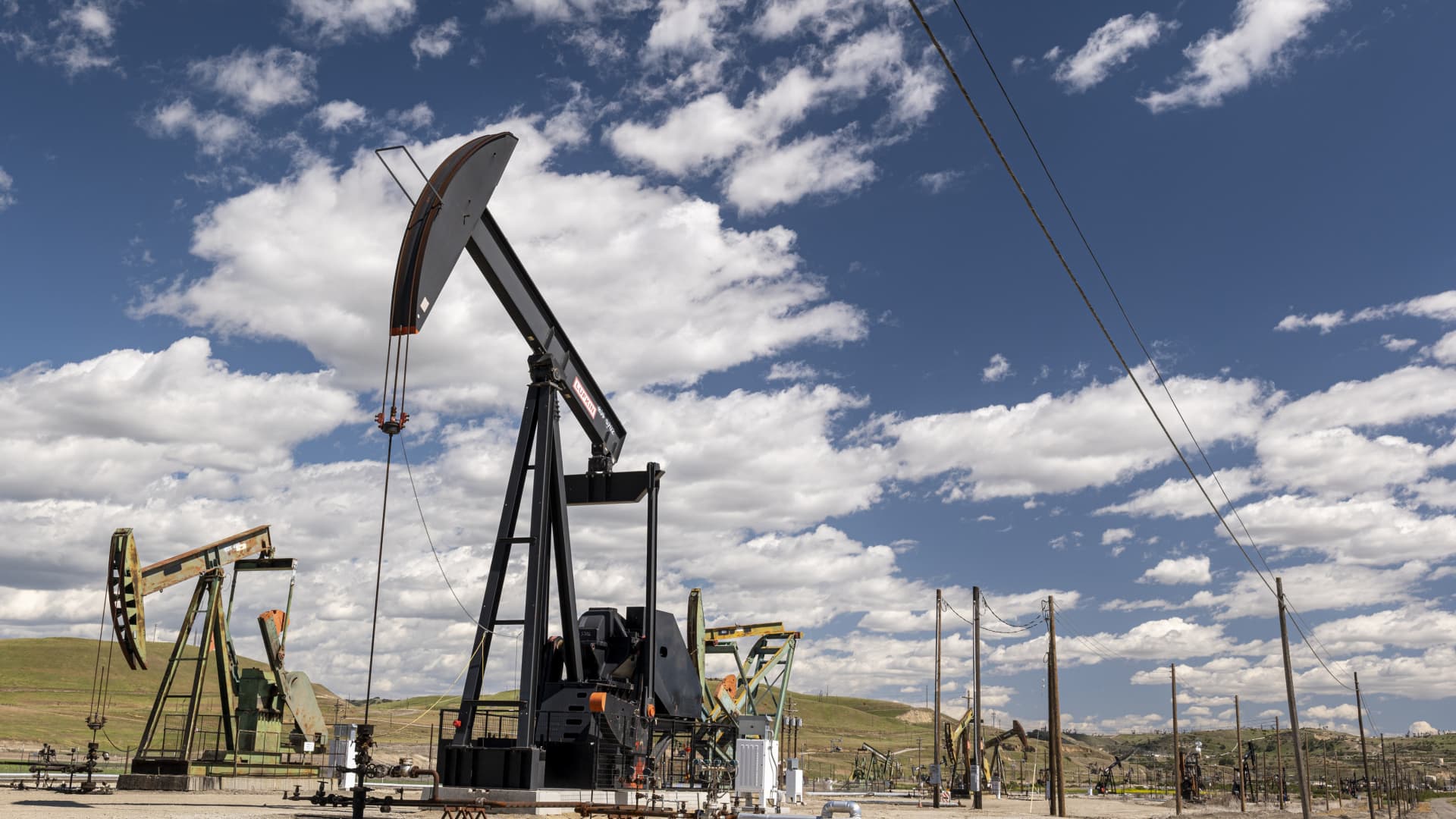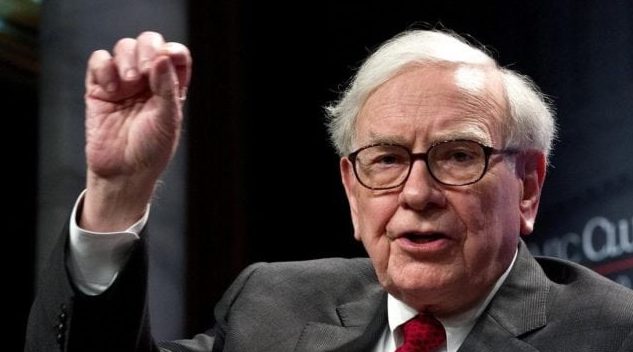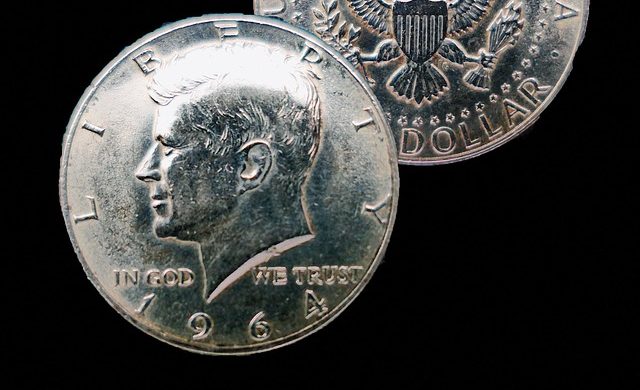Bill Ackman
"Over the past two weeks, rates have declined dramatically purportedly due to fears of a recession. Friday’s move was particularly stunning for the scale of the move and for the degree of intraday volatility. I put forth here a theory of what is going on: On the risk of a recession: a recession is defined as a two quarter decline in real, as opposed to nominal, GDP. In a highly inflationary economy, it is more difficult for nominal spending and growth to exceed inflation. In order therefore for today’s economy to grow on a realbasis, nominal GDP growth must be >8.6% which is a difficult hurdle to exceed. It has been 40 years since we have experienced inflation at current levels and as a result, market participants are used to a world with 4-5% nominal GDP growth and 2% inflation. With inflation at 2%, nominal GDP growth need only decline from 4-5% to less than 2-3% for two quarters in a row for real GDP to be negative and for the economy to be deemed to be in a recession. Two quarters of negative GDP growth does not however seem to be a reasonable definition during a period with high inflation, particularly when inflation has spiked to nearly 9%. Nominal spending growth of 8% for the last two quarters would technically put us in a recession but this does not make sense fundamentally. The economy is continuing to grow rapidly on a nominal basis. Consumers are spending substantially more this year than last. There are about two times as many job openings than people looking for work. The unemployment rate is at a 50-year low. Wages are rising substantially and it is hard to find workers. Q2 revenues and earnings growth should be strong for most businesses, with earnings misses and margin declines for some companies which have limited pricing power. Consumers have approximately $2.5T of excess savings. While there is a mix shift underway from goods to services, overall demand is extremely strong. We have a supply, not a demand problem. This does not seem like a set up for a true economic recession regardless of the favored definition. So why have rates declined so dramatically, particularly short rates when the
@federalreserve has become increasingly strident about the need for aggressive tightening to bring inflation back down to 2%? The answer I believe is largely due to some misunderstanding about what a recession is, but more importantly technical factors that are driving volatility and the downward move in rates. Market participants speculating in the fixed income market, particularly hedge funds, often use enormous amounts of leverage because it is available and it allows one to make windfall profits if you get the trade right. The bet that rates would rise became one of the more crowded trades in history going into June 15. As speculators covered their shorts on the Fed news, rates began to decline causing substantial mark-to-market losses particularly for levered participants, who were forced or chose to cover. With more data points emerging indicative of a slowing economy, the recession narrative took hold causing a further decline in rates, contributing to more losses, and short covering going into the quarter end when exposures are required to be disclosed in investor reports and financial statements. Extremely limited liquidity going into the July 4th holiday compounded the move and the volatility and pain for levered market participants, as traders looked to, and in many cases, were forced to exit, or didn’t wish to hold open positions over the long weekend. So what happens from here? Powell has committed to do ‘whatever it takes’ to quell inflation even if doing so causes an increase in unemployment and a recession. Inflation is not coming down soon. Housing and rental costs, energy, ag and food are supply constrained and higher prices are unlikely to abate for the foreseeable future. Wages are continuing to rise as immigration has been limited, many have exited the workforce and the balance of power has gone from companies to their labor forces. Companies are raising prices because they must in order to cover their costs and because they can. The wage price spiral is underway. While demand is moderating due to sticker shock and inflation as well as rising rates, overall demand remains strong. Inflation has become imbedded and is a daily experience, in headline news, and a dinner table topic for all. I Savings bonds pay 9.62%! In order to stop the inflationary spiral, the Fed will need to rapidly raise rates to 4-5% by next year, which hopefully will be enough to snuff inflation. The mild and transitory inflation being priced by the market as of Friday is a fiction. Rates are going up a lot soon. The sooner the Fed quells inflation, the better for longer-term bonds and long-term financial assets like equities. Don’t be misled by short-term, technically driven market movements. Stocks of high quality businesses with long-term growth and pricing power look cheap. Don’t forget that the stock market measures nominal business value. Inflation is hurting business and consumer confidence and slowing growth.Killing off inflation will save the economy in the longer term at the expense of some short term pain. Let’s hope the Fed gets it right. I welcome your input and rebuttals. And yes, we put our money where our mouth is. I have often wondered why investors who share their views are often criticized for holding investments on which they will profit if the views they share turn out to be correct. We are 100%+ long high-quality growth businesses with pricing power, and own hedges on which we will profit if rates rise. Our positioning as always matches our thinking and stated views."











